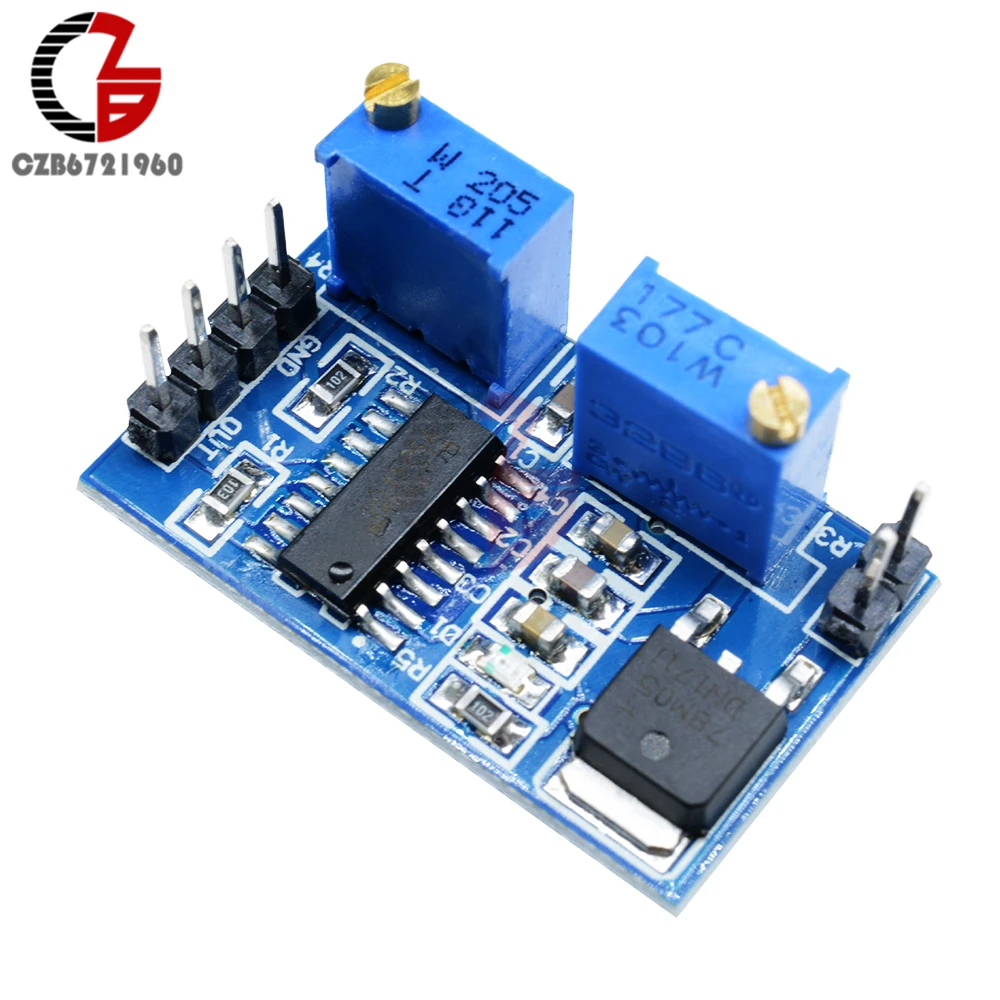- Jul 18, 2020
- 8
- 0
- 6
This isn't a computer cooling question, but hopefully someone here with airflow knowledge can answer it.
I'm trying to pull filtered air through a small chamber as part of a lab experiment and getting unexpected results.
The chamber is a 12" long tube with 4" inside diameter. On one end is a particulate filter and on the other end is a 60mm fan. The desired effect is that the fan would pull the air though the filter and into the chamber and out on the fan side.
Instead, it doesn't seem to be pulling any air through the filter and the exhaust side of the fan seems to be both pulling air both in and out at the same time.
I've tried a fan rated at 13.8 CFM and another at 17.2 CFM and neither is pulling air through the filter.
The filter is cannibalized from a face mask, so I wouldn't think it would be much resistance.
Any suggestions?
Moved to ask a professional forum.
AT Mod Usandthem
I'm trying to pull filtered air through a small chamber as part of a lab experiment and getting unexpected results.
The chamber is a 12" long tube with 4" inside diameter. On one end is a particulate filter and on the other end is a 60mm fan. The desired effect is that the fan would pull the air though the filter and into the chamber and out on the fan side.
Instead, it doesn't seem to be pulling any air through the filter and the exhaust side of the fan seems to be both pulling air both in and out at the same time.
I've tried a fan rated at 13.8 CFM and another at 17.2 CFM and neither is pulling air through the filter.
The filter is cannibalized from a face mask, so I wouldn't think it would be much resistance.
Any suggestions?
Moved to ask a professional forum.
AT Mod Usandthem
Last edited by a moderator:



![HTB1sgBYayb.BuNjt_jDq6zOzpXaO[1].jpg HTB1sgBYayb.BuNjt_jDq6zOzpXaO[1].jpg](https://forums.anandtech.com/data/attachments/27/27808-bff7b5910109a6ebe27623e127548b66.jpg)
